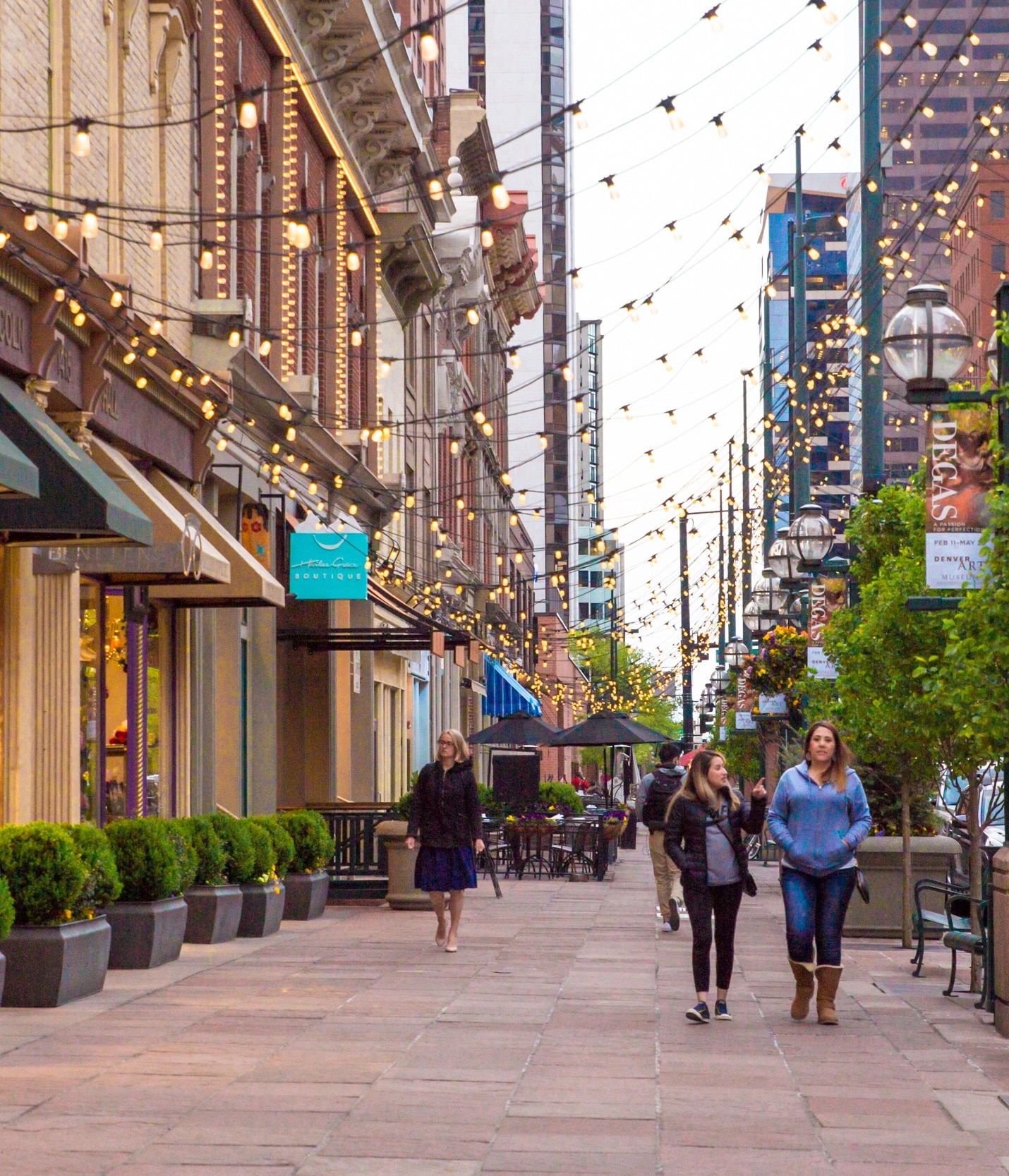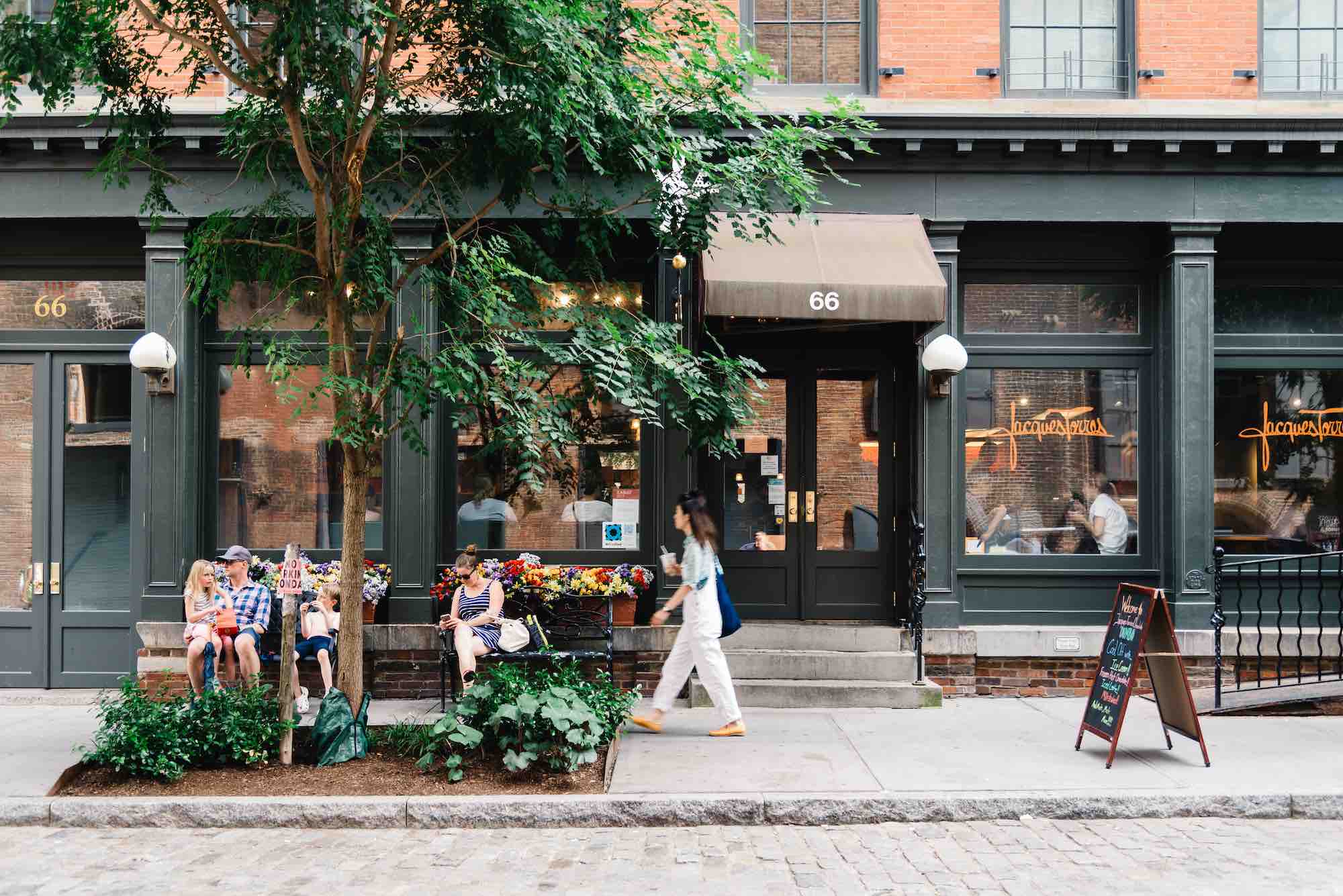Planners, architects, and real estate strategists who play leading roles in shaping urban places and policy frameworks are now confronted by the reality that there is far more work to be done towards protecting and preserving our Asian American and Pacific Islanders (AAPI) neighborhoods, businesses, and communities.
At Streetsense, our Public Non-Profit Solutions group is taking lessons learned from our years of work in diverse commercial districts, including that with AAPI partners – restaurant owners, property owners, business district and city leaders, to adapt our approach in order to create places that foster continued success for our AAPI communities. Here are some things we’ve learned that continue to shape our process and that we hope advances your learning and action.
AAPI-led Commercial Districts Drive Economic Growth
Unlike most other downtowns today, legacy commercial districts that followed the growth of Asian immigrant populations in the 1960s-1970s are incredibly diverse by use. These places are often home to a mix of retail, restaurants, service offices, warehouses for import/export activity, language/education centers, and often cultural institutions and performing arts studios.
These commercial districts therefore not only drive economic growth for most cities they’re located in but also very often function as cultural hubs. This is an incredible asset as consumers today are placing higher and higher value in experiencing authentic places that emulate unique cultures through music, events/performances, and art. As a result, these districts are often not just neighborhood-serving but in fact unrivaled destinations with niche offerings that attract customers from farther away.
Lesson Learned
From our work in places like Seattle’s Chinatown International District (S-CID) and Westminster’s Little Saigon, our team has learned the importance of accounting for spending by atypical populations. These customer segments often include international students, or college populations, that increase retail demand in a manner that needs to be evaluated through customer ZIP code analysis. In Seattle, for example, our team worked closely with the anchor Japanese supermarket owner to analyze customer ZIP code data collected through point-of-sale systems to determine unique trade areas, which in this case turned out to be the ZIP code around the University of Washington – more than five miles/15 min drive away. In fact, without having built the relationship and trust with business owners through stakeholder engagement, we would have unlikely been able to discern the true spending power of the college students in S-CID.
Emerging Challenges and Opportunities in AAPI-led Commercial Districts
In many instances, these AAPI-led commercial districts were formed as early immigrants found new ways to make a living in the US in the late twentieth century. Many started their own businesses as a means to survive — selling products and serving food from their homeland to cater to fellow immigrants — and now 40-50 years on since the passage of the 1965 Immigration and Nationality Act which ended the exclusionary immigration laws that severely limited migration from Asian countries, these first-generation immigrant populations are older and entering retirement age.
While senior leadership and first-generation business ownership may have presented challenges over the years, including the dominance of cash-only economies, late adoption of digital marketing and technology, as well as aging infrastructure, these districts now have a real opportunity to bring these places into a new era by passing down businesses to the second and third generations that are eager to adapt, change, and honor.
In Westminster CA, where we are currently working to develop a community economic development plan for Little Saigon on Bolsa Avenue, younger generations of Vietnamese-Americans are rising as prominent business leaders. Some have chosen to refresh product offerings that appeal to new customer segments and others are preserving legacy items and instead making improvements elsewhere — like interior improvements, food delivery services, and digital marketing.
No matter the strategy, the community understands that as it enters a new era and welcomes new generations of Orange County residents, it must protect its brand identity as a cultural and economic hub for the Vietnamese-American community. This collective goal for the district remains central to the community plan which will outline tools toward preserving and growing cultural and historic landmarks, institutions, and legacy businesses through public art, public realm improvements, events, branding and marketing, and administrative capacity.
Whether formed by a population originating from China, Korea, Japan, or Vietnam, these AAPI-led commercial districts have an incredibly rich history that is rooted in the experiences of an immigrant group that overcame a multitude of challenges to get to where they are. Their stories are important. And their stories most likely still resonate with others who may have different ethnic/cultural backgrounds because it is, after all, the story of the nation. We hope that as our work evolves we also continue to leverage our knowledge and skills toward supporting, protecting, and growing our AAPI neighborhoods, businesses, and communities.
BACK TO LATEST







